
Though coffee is consumed en masse in just about every country on earth, the art of coffee tasting still remains an elusive mystery to many of us. If you’re keen to begin your journey into coffee tasting, we’ll go over what you need to know to become a connoisseur, while also highlighting the differences between coffee tasting and cupping.
Cupping Vs Tasting: What’s the Difference?
 Cupping Vs Tasting
Cupping Vs Tasting
Though coffee tasting and coffee cupping overlap, they are actually two entirely different disciplines.
Coffee cupping refers to a standardized set of parameters that are used to specifically evaluate the quality of coffee beans. The process utilizes roasted beans and hot water, alone. No specific brewing methods are permitted since they can change the flavor profile that coffee beans produce. After evaluation, a score is given to the coffee beans, whereby they can be classified as specialty or non-specialty coffee. Cupping scores often determine the price of coffee beans on the market.
Coffee Tasting has broader parameters and no final ‘score’ like coffee cupping does. This discipline is more about enjoying the flavors, aromas, and profiles of different coffees, while taking into consideration the brewing method, as well. Usually, to get a complete picture of a coffee’s quality, coffee experts will combine coffee cupping and coffee tasting for a full picture.
4 Crucial Steps for Coffee Tasting
If you’re looking to really taste your coffee, then there are four simple steps you can follow to appreciate the flavors of your beverage to a whole new level.
1. Smell
 Coffee Aroma
Coffee Aroma
Taste and smell are inextricably intertwined. Before your coffee touches your taste buds, let the aroma excite your olfactory senses and spark your imagination. After all, a wonderful scent can often trigger powerful, positive emotions.
2. Slurp
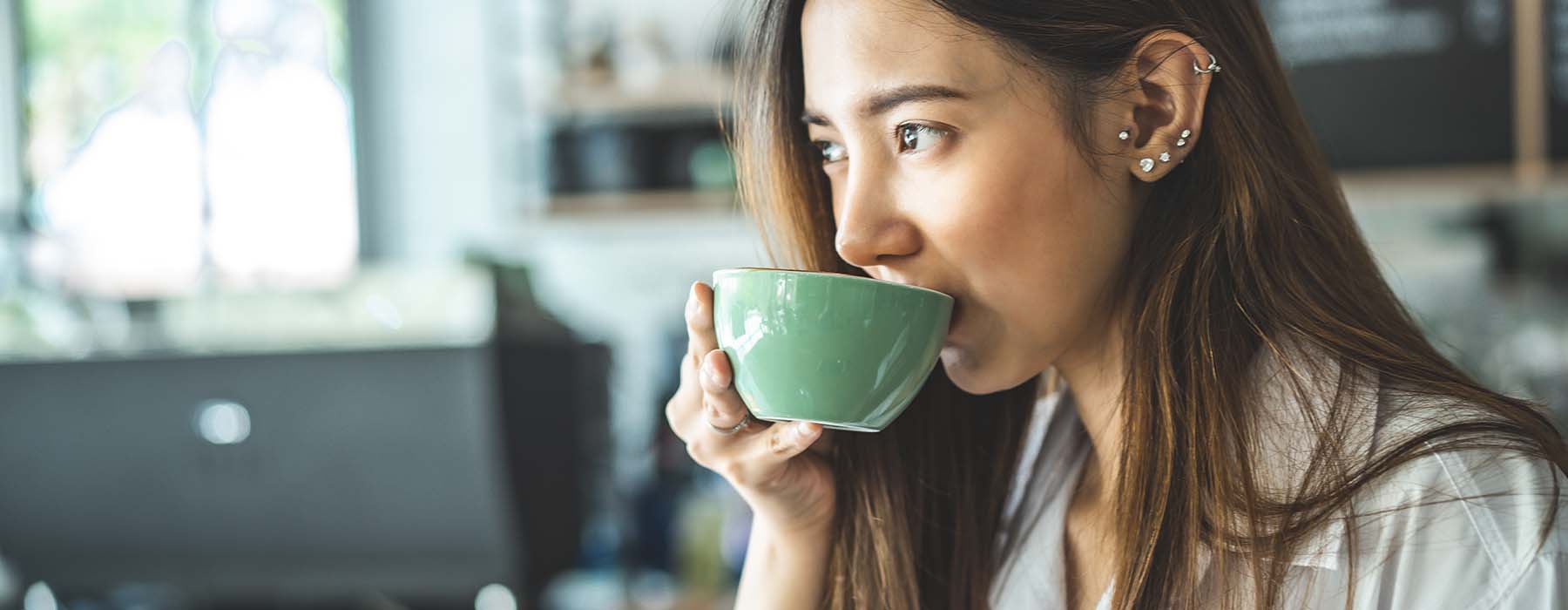 Slurp your coffee for better flavor
Slurp your coffee for better flavor
While it may not be considered good manners to slurp your drink, if you’re looking for the most effective way to spread your coffee across your tongue and palate, there’s no better way than to slurp.
3. Locate

Evaluate coffee taste
Try to distinguish how thick or runny the coffee is and focus on where on your tongue the flavors shine through the strongest. This will help when it’s time to evaluate your coffee.
4. Describe
 Describe coffee aroma, acidity, body, and flavor
Describe coffee aroma, acidity, body, and flavor
When describing your coffee, try and consider its aroma, acidity, body, and flavor. Each of these parameters will help you compare coffees and determine what types of coffee suit you best, as well as which ones to recommend to friends and family.
4 Essential Coffee Tasting Characteristics
Use these four characteristics to describe your coffee in a way that’s both eloquent enough for professionals and relatable enough for casual coffee drinkers.
Aroma
Given that we are capable of detecting over one trillion aromas, how you interpret a coffee’s smell may be different to others. That’s totally okay, though. Try to describe the coffee as you envision it based on what its aroma reminds you of. For example, some coffees smell nutty, earthy, chocolatey, or even spicy!
TEST YOURSELF: How well do you know your coffee roasts?
Acidity
In the case of coffee tasting, acidity doesn’t actually refer to the PH level of the beverage. Instead, it tries to describe the feeling on the sides and tip of your tongue when you drink your favorite coffee. The more vibrant or lively the feeling on your tongue, the more acidic the coffee. The gentler and smoother the feel on your tongue, and the coffee is considered milder and more ‘rounded’.
Body
The body of coffee can be sampled during the slurping phase of coffee tasting and refers to the texture and consistency of the coffee. For example, a light-bodied coffee would be one that’s runnier while holding little weight and has a mild texture. A full-bodied coffee is one that’s usually creamier, richer, and lingers on the tongue.
Flavor
When describing the flavors you taste in coffee, here are a few commonly-used terms that can help express the flavors you taste.
- Veggie or herbal — refreshing and green
- Fruity — ripe and naturally sweet
- Sour — acidic and lemony
- Sweet — sugary like honey
- Nutty — earthy and toasty
- Floral — light and fresh
- Spicy — (not hot spicy) but warm like cinnamon
A Beginner’s Guide to Coffee Cupping
 Step-by-step guide to coffee cupping
Step-by-step guide to coffee cupping
If evaluating the quality of coffee beans is more your cup of tea, here’s a step-by-step guide on how you can do so. This is a great activity when paired with coffee tasting, as you can understand how the flavor profile of your coffee beans changes after the brewing process.
- Step 1: Gather Your Supplies
- Step 2: Place Coffee Samples In Cupping Bowls
- Step 3: Heat The Water
- Step 4: Set The Timer
- Step 5: Evaluate The Coffee's Aroma
- Step 6: Break The Crust
- Step 7: Place Remaining Coffee Grounds In A Third Bowl
- Step 8: Let The Hot Coffee Cool
- Step 9: Slurp The Coffee
- Step 10: Recycle Your Coffee Grounds
Common Mistakes to Avoid During Coffee Tasting
 Common Mistakes To Avoid During Coffee Tasting
Common Mistakes To Avoid During Coffee Tasting
If you’re just beginning your journey into the wonderful and diverse world of coffee tasting, there are a few faux pas that you should try to avoid making.
- For starters, do not openly discuss your opinions while others are still tasting their coffee. This may end up influencing them and can detract from the overall experience.
- If you know you’re in for a long tasting session, it’s probably a wise idea not to swallow every sip of coffee you taste. It is common for tasters to keep a cup on hand to use as an optional spittoon.
- Try not to brag. Instead, remain humble and open to learning. Coffee tasting is a broad discipline with flavors ranging from light roasts to medium roasts to dark roasts — from Brazilian and Colombian blends to Thai blends. Repetition, reading, and researching are your best friends as you grow your knowledge. After all, the more expertise one brings to coffee-tasting sessions, the more one can appreciate coffee’s amazing diversity.
ANSWERED: How are Robusta beans different from Arabica?


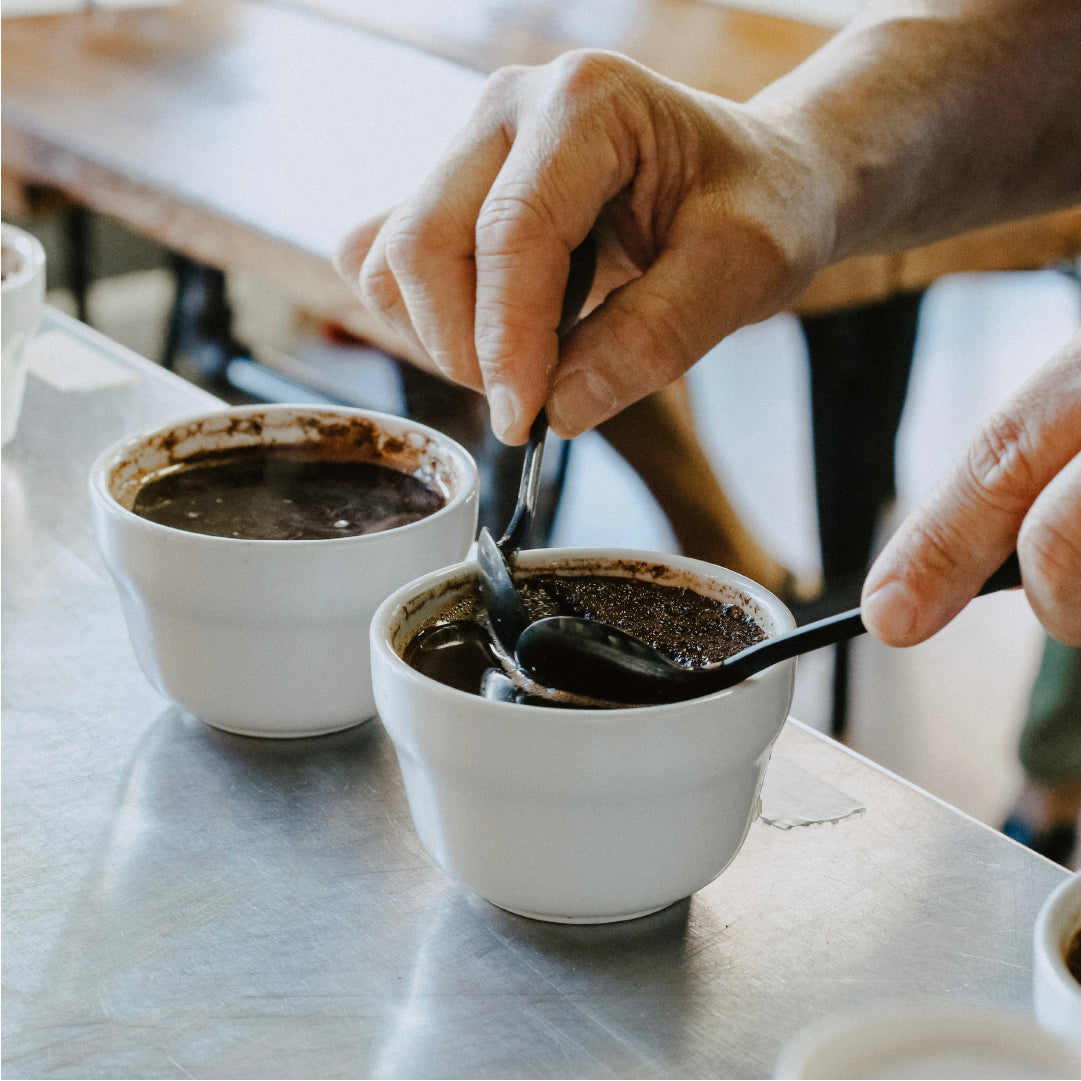
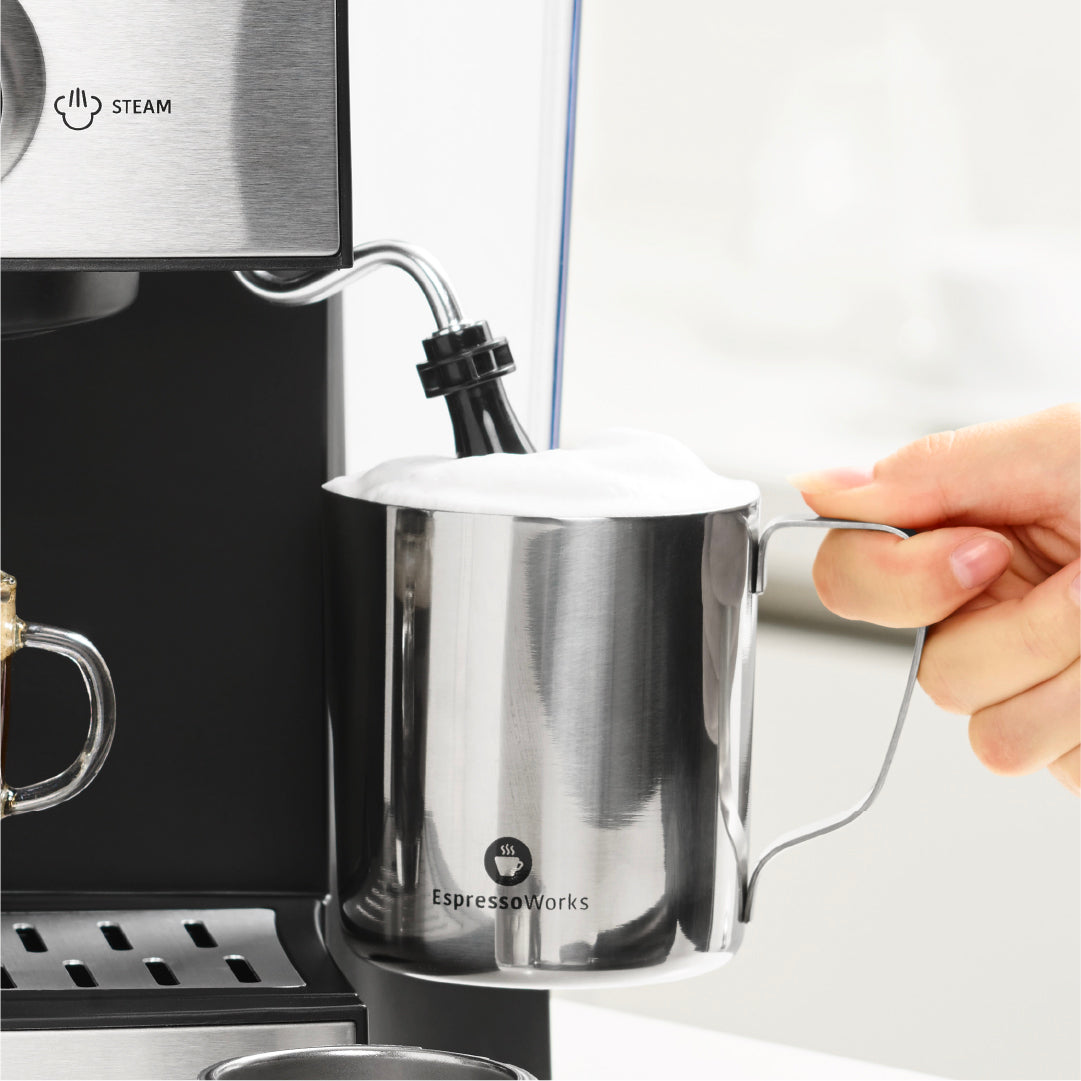
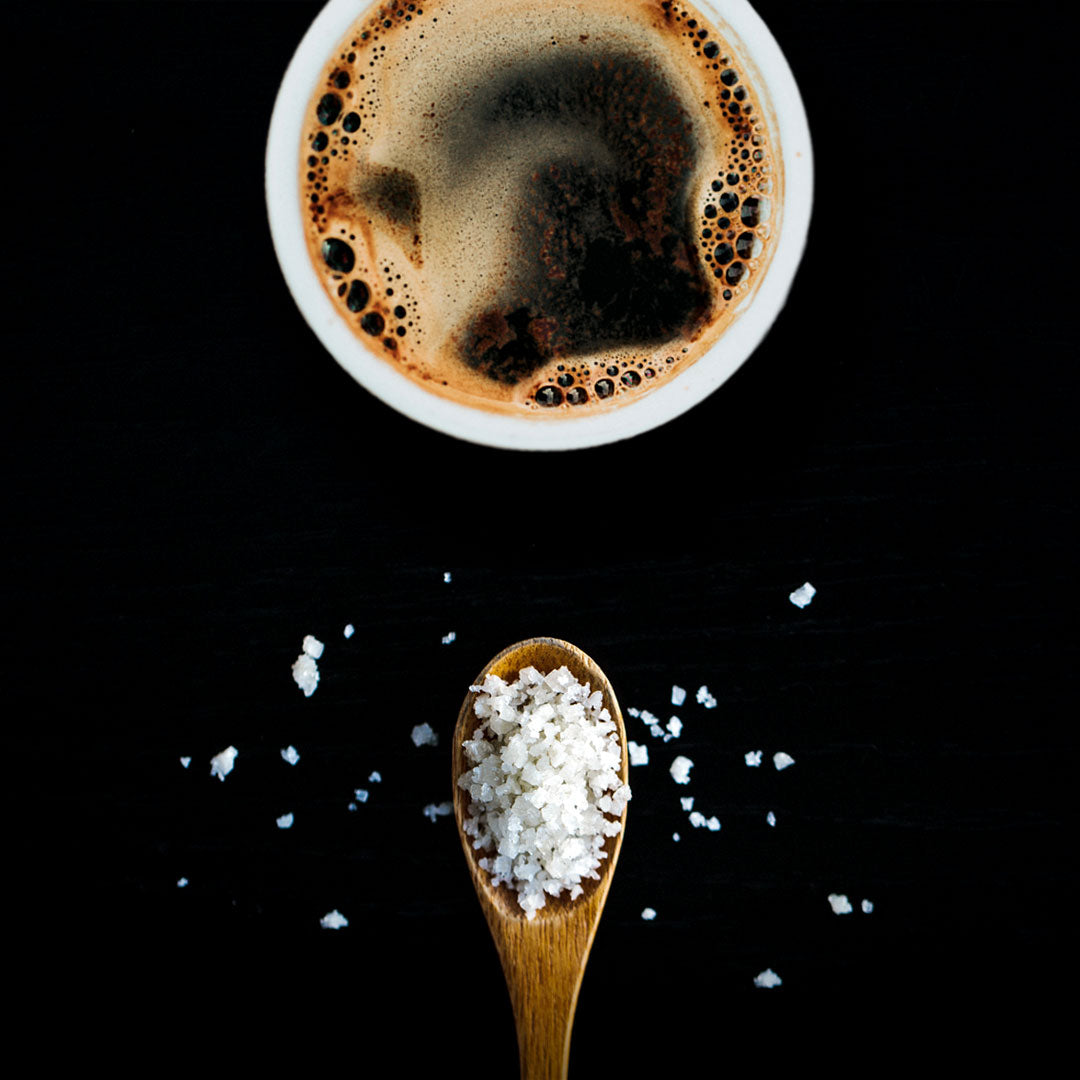
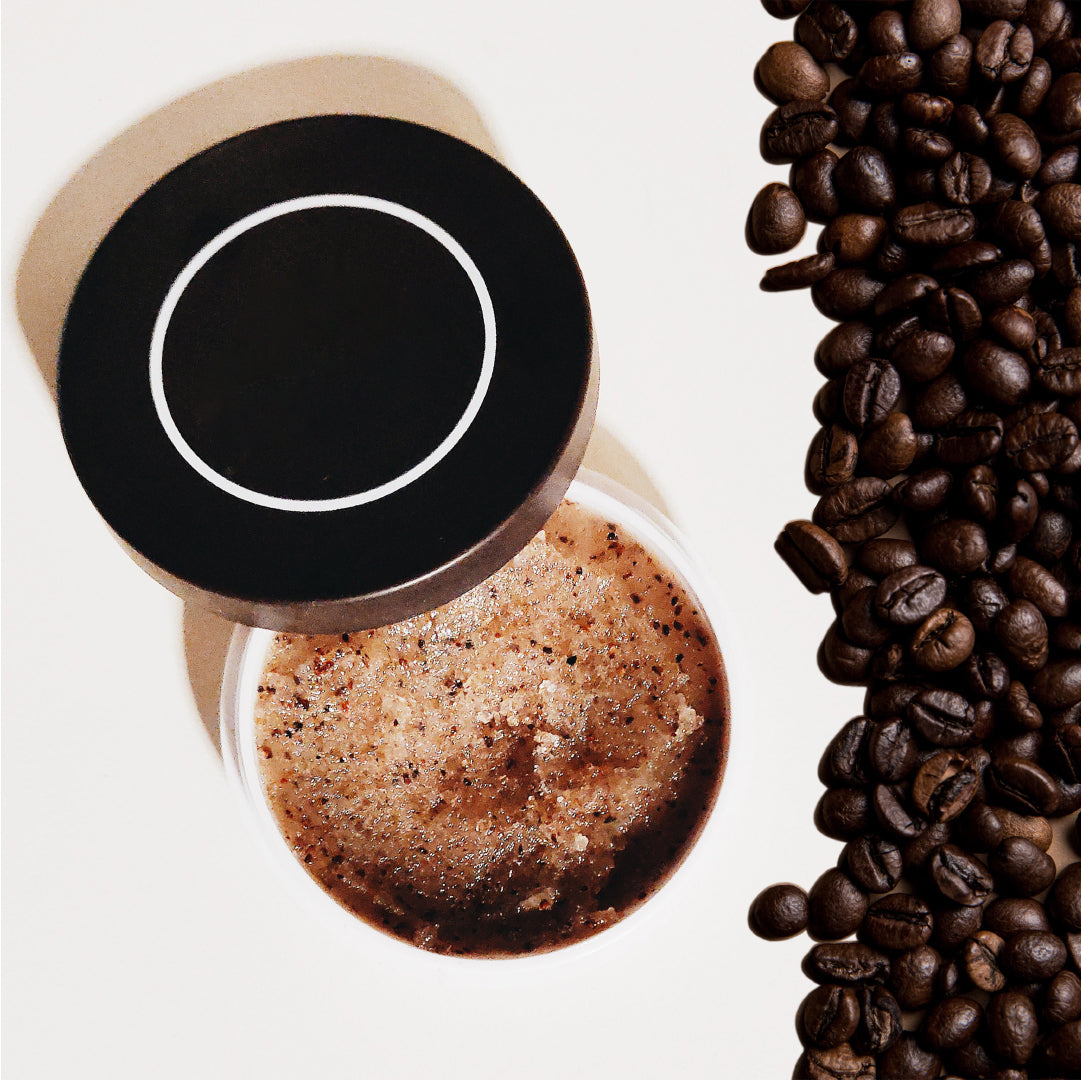

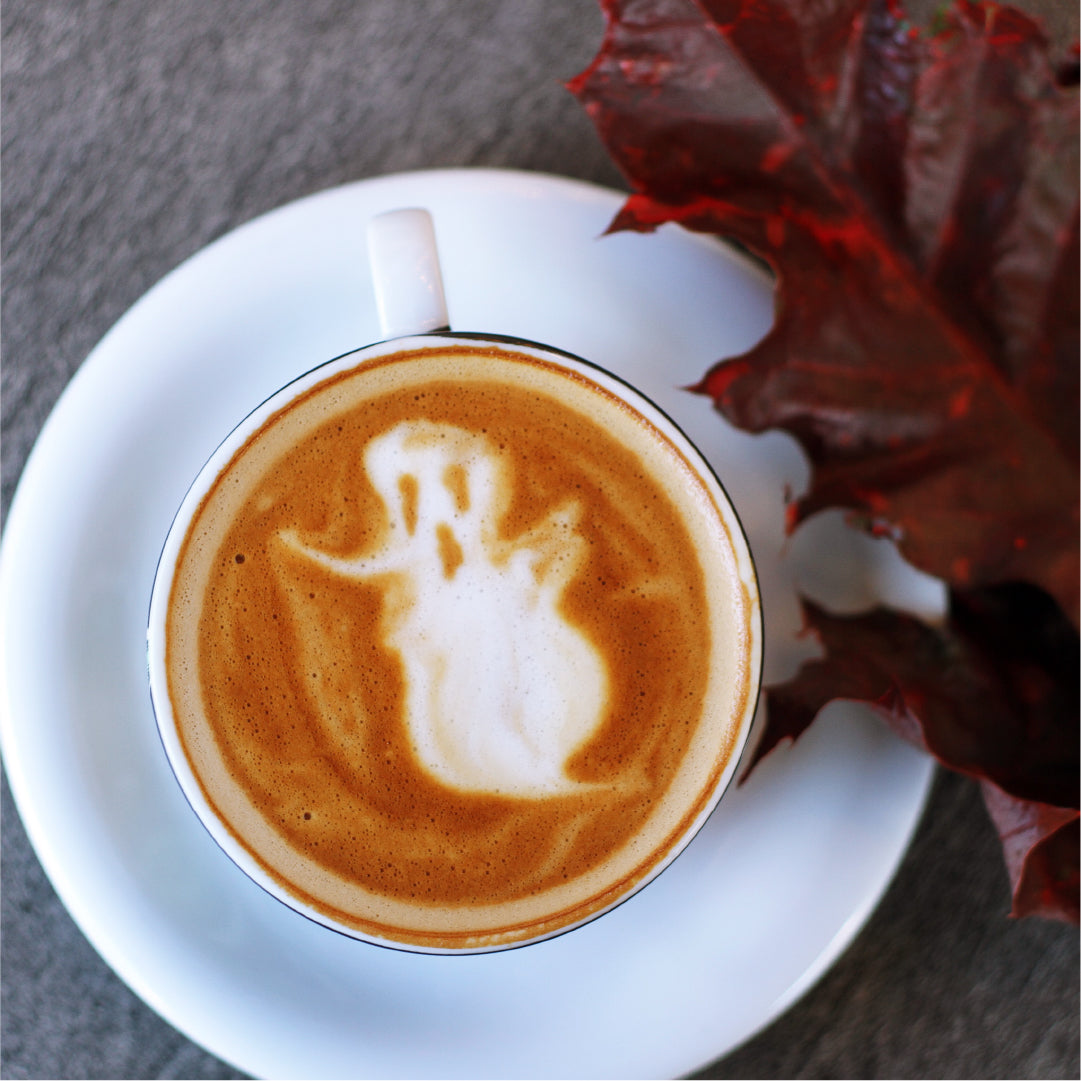
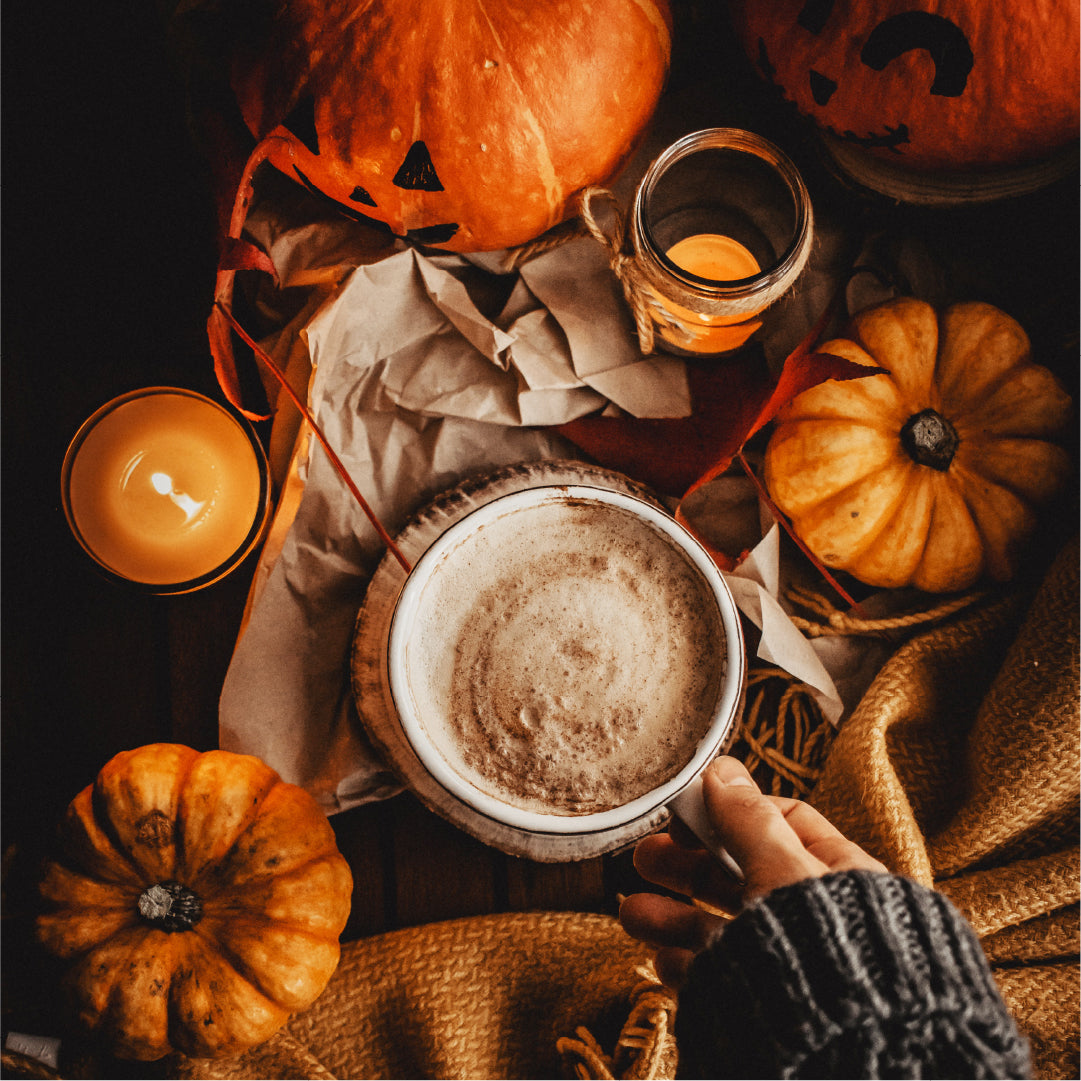
Share:
Homemade Hot Chocolate Recipes
A Valentine’s Gift Guide for Coffee Lovers